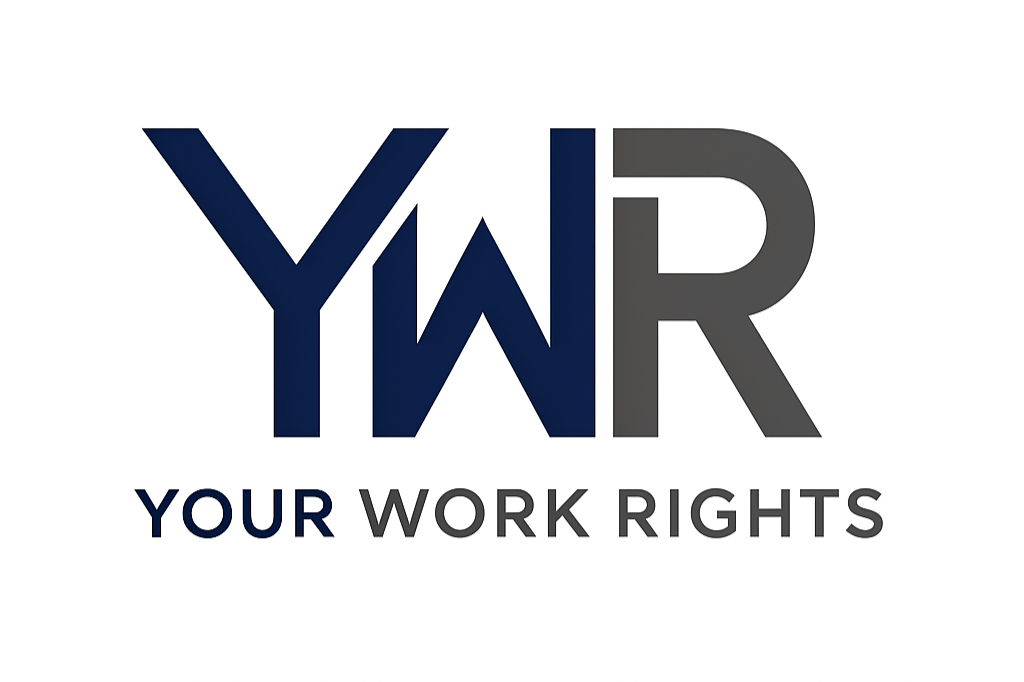Safeguarding & Duty of Care at Work: A Complete Guide
1. Your Right to a Safe Workplace
Every employee in the UK has a fundamental right to a safe work environment. This is not just a moral expectation; it is a legal obligation placed on every employer, known as the "duty of care."
This guide explains what your employer's duty of care means in practice, the laws that protect you, and what to do if you believe your safety or wellbeing is at risk.
What is an Employer's Duty of Care?
An employer's duty of care is their legal responsibility to take all reasonably practicable steps to protect the health, safety, and wellbeing of their employees. This is a broad duty that covers all aspects of your working life, including protection from:
Physical Harm: Such as unsafe equipment, dangerous working practices, or an unsafe building.
Psychological Harm: Such as stress, bullying, harassment, and discrimination.
This duty is proactive. Your employer should not wait for an accident or incident to happen; they must actively assess and mitigate risks in the workplace.
What is Safeguarding?
Safeguarding is a specific part of the duty of care that focuses on protecting vulnerable people from harm, abuse, or neglect. While often associated with roles involving children or vulnerable adults, the principles apply to all workplaces. If your employer allows a culture of bullying or harassment to thrive, they are failing in their duty to safeguard their staff from harm.
2. The Legal Foundations of Your Rights
Key UK legislation that underpins these duties includes:
Health and Safety at Work etc. Act 1974 – The primary legislation requiring employers to ensure, so far as is reasonably practicable, the health, safety, and welfare at work of all their employees.
Management of Health and Safety at Work Regulations 1999 – Requires employers to conduct risk assessments to identify and manage workplace hazards.
Equality Act 2010 – Protects employees from discrimination and harassment. Section 149 also places a Public Sector Equality Duty on public bodies to actively consider how their decisions affect protected groups.
The Care Act 2014 & The Children Acts 1989 & 2004 – Provide the statutory framework for safeguarding vulnerable adults and children, which applies to any organisation they come into contact with.
UK GDPR – Governs the lawful and secure handling of all personal data, including sensitive records related to safeguarding incidents
3. Signs of a Failure in Duty of Care
Examples of breaches that could indicate a failure in an employer's duty of care include:
Delaying action on a safety or harassment complaint, waiting for "repeat incidents" to occur.
Failing to separate parties after a serious incident of harassment or violence is reported.
Ignoring clear risks highlighted by staff and failing to take steps to mitigate them.
Treating complaints differently depending on the race, gender, or employment status of those involved.
Failing to escalate a concern about a staff member's conduct towards a child to the Local Authority Designated Officer (LADO).
4. How to Escalate Your Concerns
If you believe your employer is failing in their duty, follow this structured process.
Step 1 – Document and Report Internally
Locate and read your organisation’s Safeguarding, Health & Safety, and Grievance policies.
Submit a formal, written report to the designated person (e.g., Designated Safeguarding Lead (DSL), HR Manager, or Health and Safety Officer).
Keep a clear, dated record of all communications.
Step 2 – Internal Escalation
If your initial report is ignored or dismissed, escalate it in writing to a more senior figure, such as a Director, Head of HR, or the CEO.
Step 3 – External Escalation
If the internal process fails, you can report your concerns to external regulators.
Health and Safety Executive (HSE) – For significant workplace health and safety failures.
Local Authority Designated Officer (LADO) – For concerns about a member of staff's conduct towards children.
Police – If you believe a crime has been committed.
Equality and Human Rights Commission (EHRC) – Where discrimination is a key factor in the safeguarding failure.
Information Commissioner's Office (ICO) – For failures in handling personal data related to a safeguarding issue.
5. Strategic Advice
Document Everything: Immediately record the date, time, direct quotes, and any witnesses for every incident.
Request Written Reasons: If your employer refuses to take action, ask them to provide their reasons in writing.
Parallel Complaints: Consider running a formal grievance and a whistleblowing disclosure alongside a regulator report to apply maximum pressure.
Be Specific: When reporting, be clear about the outcomes you are seeking (e.g., "an immediate risk assessment," "separation of the parties involved," "referral to the LADO").
Use Your Data Rights: Safeguarding failures often involve poor data handling. Remember your right to a Subject Access Request (SAR) under UK GDPR to access all personal data held about you, including records related to a safeguarding investigation concerning you.
